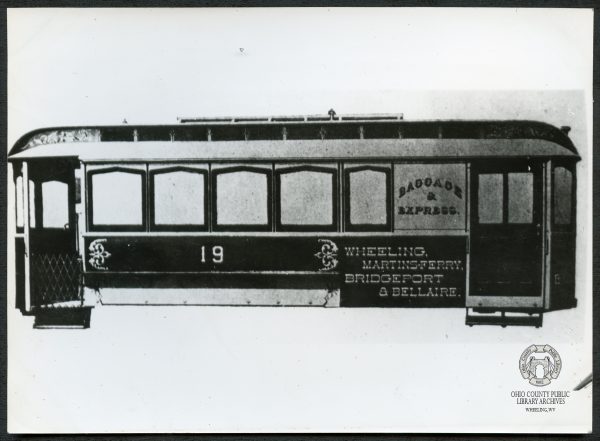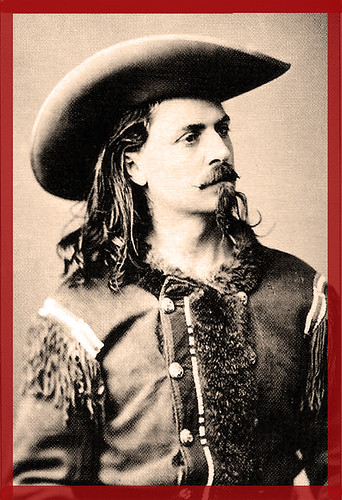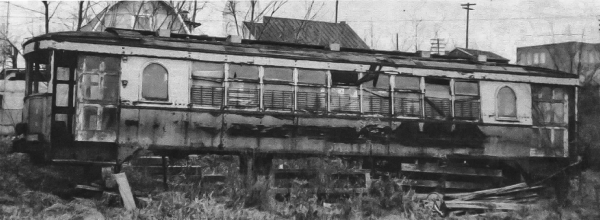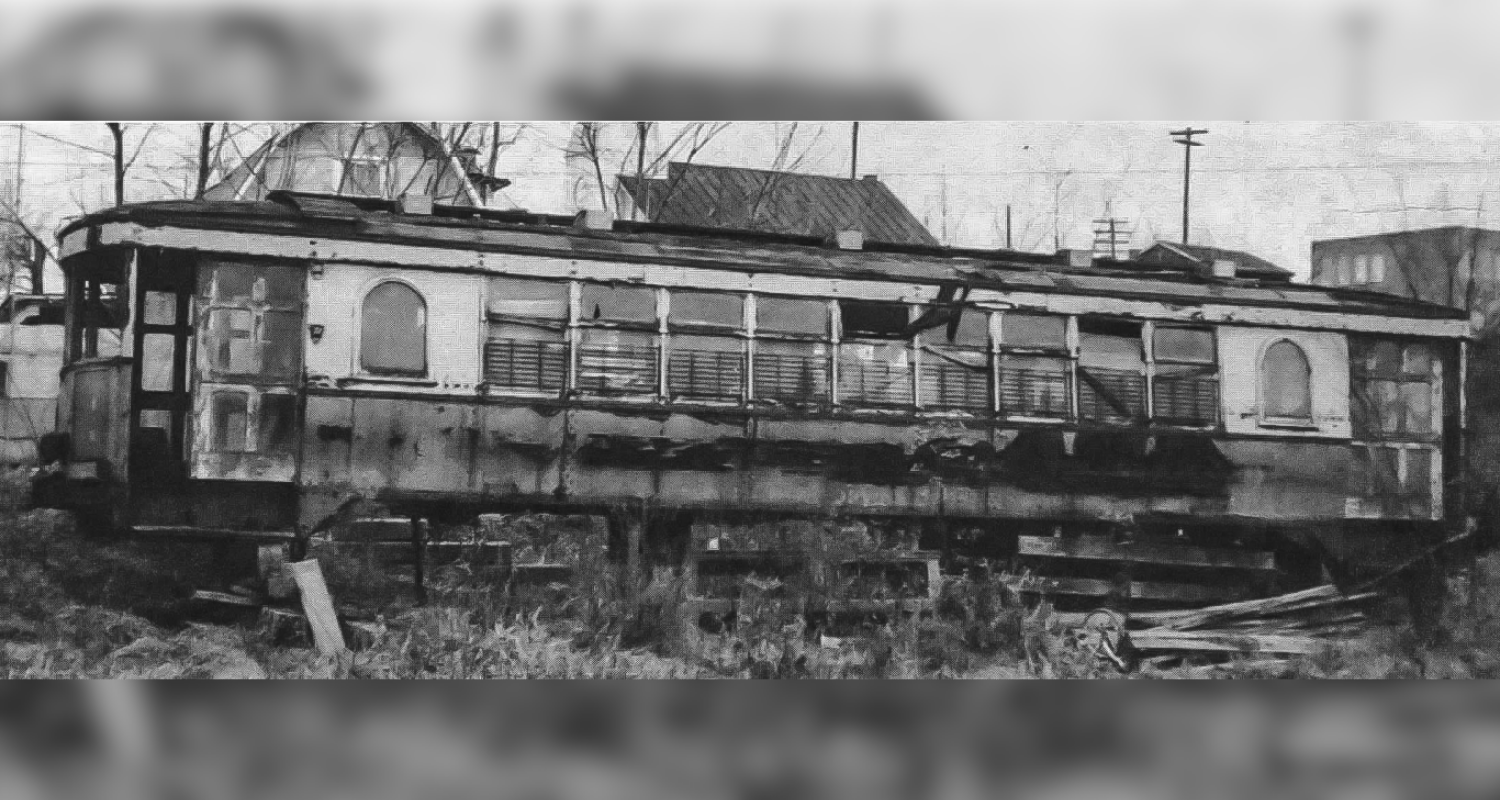Editor’s Note: If you happened to read this article that we published last week, then you already know about the unwavering journey of Wheeling Streetcar 639. If not, you should go back and give it a read! Today we’re exploring an intriguing side story in No. 639’s far-reaching adventure to where she remains today at the Seashore Trolley Museum in Kennebunkport, Maine.
Before cars and buses became the main mode of transportation in the United States, streetcar systems helped people get to where they needed to go in the early 1900s. Prior to streetcars, people would travel on foot or by horse and wagon. At the time, streetcars were revolutionary, helping connect neighboring cities and leading way to the rise of suburban neighborhoods. However, as automobiles became more accessible to average Americans, the demand for streetcars plummeted. By the mid-1900s, Wheeling’s streetcars were phased out of use.

But what happened to these streetcars once they were taken out of use? Some streetcars were preserved, many more were scrapped, and some went on some unexpected and interesting journies. That was certainly the case for Wheeling Streetcar No. 639. After No. 639 was summarily dismissed from its position as a mode of public transportation, it was purchased by Dr. Allison K. Walker around 1950.
Dr. Walker began his medical career in 1902, and spent the next 48 years practicing in Athens, OH, before moving to Little Hocking, OH to be closer to his brother. It was here in Little Hocking that Trolley No. 639 would begin its next chapter serving as a medical unit.
As if a doctor practicing medicine out of an old street car wasn’t interesting enough, Dr. AK Walker proved to be much more than the man who turned a trolley into a medical unit on wheels. Allow me to explain…
After receiving his medical degree in 1902, Dr. Walker moved to Athens, OH where he made quite a name for himself. Over the course of his 48 years in practice, Dr. Walker would deliver over 3,000 babies, accept payments in the form of “produce and promises, as well as money”, refuse to have regular office hours, and make house calls “to virtually every home in this part of the district.”
If that sounds insanely busy, that’s because it is. In fact, over the duration of his time in Athens, he recalls taking a vacation only once, to attend a Cody Family Reunion – ‘Cody’ being his mother’s maiden name. His mother was the great-niece of none other than William F. Cody, known to most of the nation as Buffalo Bill, one of the most famous and well-known figures of the American Old West!1
Yes. The good country doctor who accepted ham as a form of payment, would be available to patients at all hours of the night, and would go on to turn a trolley into an operating room was also a descendant of Buffalo Bill. Who would have guessed?

In a farewell interview in the Athens Messenger in June of 1949, Dr. Walker is recognized as a lifelong Democrat, teetotaler, Mason, Knights Templar, and founder of one of the most successful baseball leagues in Southeastern Ohio for 25 years, Old Times. He ends the article saying:
“For the remainder of the time left me here, I plan to do some of the things I want to do. I don’t want to be tied down to regular practice. If I’m needed and can be caught, I’ll continue to serve humanity.”

And this, infuriatingly enough, is where the story ends. There are mentions of Dr. Walker purchasing No. 639 in 19502, but no stories covering the quirky country doctor and his streetcar-cum-medical practice.
Little Hocking, OH and Wheeling’s Streetcar No.639 have the distinct honor of being the only known instance in which a streetcar was converted into a doctor’s office and pharmaceutical dispensary. After the doctor died the trolley “suffered from a decade of benign neglect.”3 In 1957, his daughter Majel Ameline sold No. 639 to the Seashore Trolley Museum after a member traveling through the Ohio countryside just happened to catch a glimpse of the elusive trolley nestled in the hills.
• Haley Steed has lived in Wheeling for the past 9 years. Before moving to Wheeling, she lived in Columbus, OH where she graduated with a BA in Comparative Cultural Studies from Ohio State University. Haley also earned an MS in Marketing and Communications from Franklin University. She has held multiple marketing positions for 10+ years, with experience in PR/media relations, internal communications, marketing campaign strategy + execution, SEO, branding, content creation, digital analytics, and graphic design. Haley currently serves as an AmeriCorp member at Wheeling Heritage. Haley has one human named Vida, two cats named Hank and Squigs McAllister, and is currently manifesting that her one-day husband’s name will be Jeffrey Goldblum.
References
1 C.H. Bartlett “Dr. A.K. Walker’s Story is True Saga of a Country Doctor” Athens Messenger, Jun 16, 1949 https://access-newspaperarchive-com.oh0131.oplin.org/us/ohio/athens/athens-messenger/1949/06-16/page-6/
2 Seashore Trolley Museum Dispatch Vol. 44, No.2 March-April 2001
3 “West Virginia Day at Seashore” Press Herald, June 20,2021. Accessed January 18, 2023 https://www.pressherald.com/forecaster/forecaster-calendar/?_escaped_fragment_=/show/?start=2020-03-06#!/details/West-Virginia-Day-at-Seashore/9188661/2021-06-20T00




